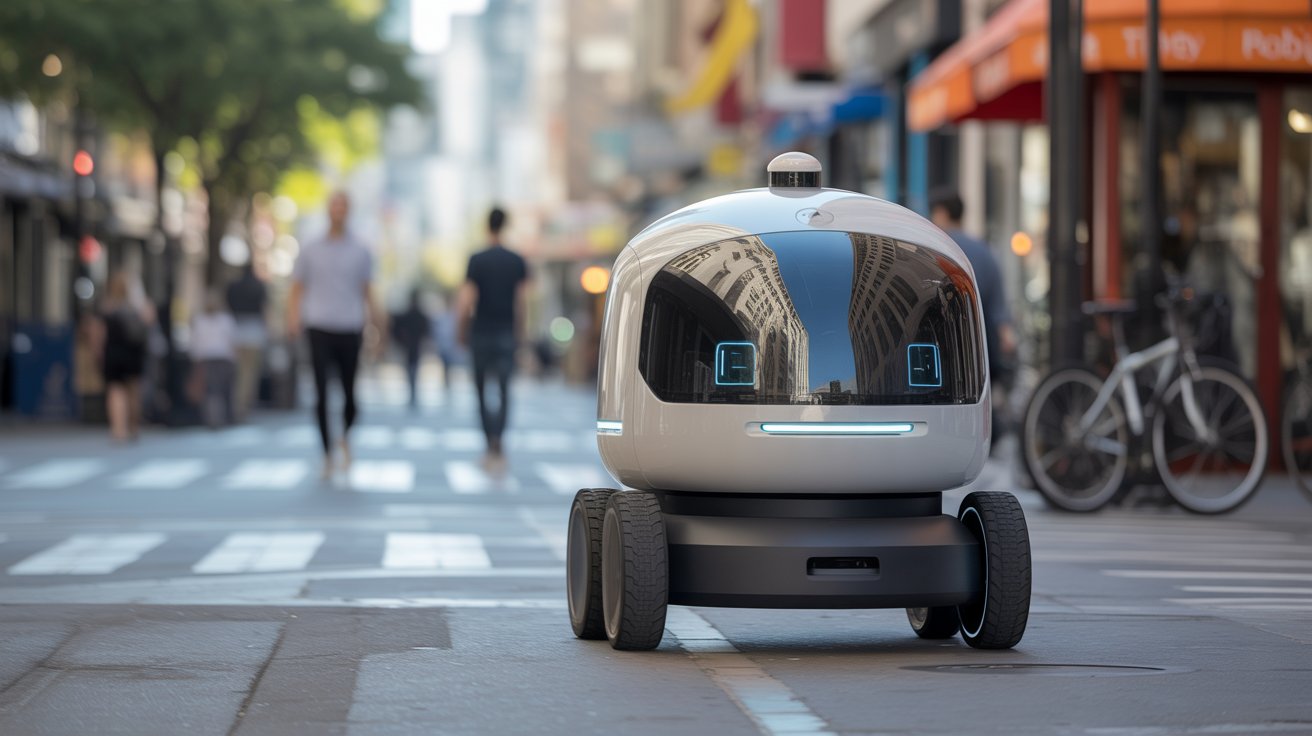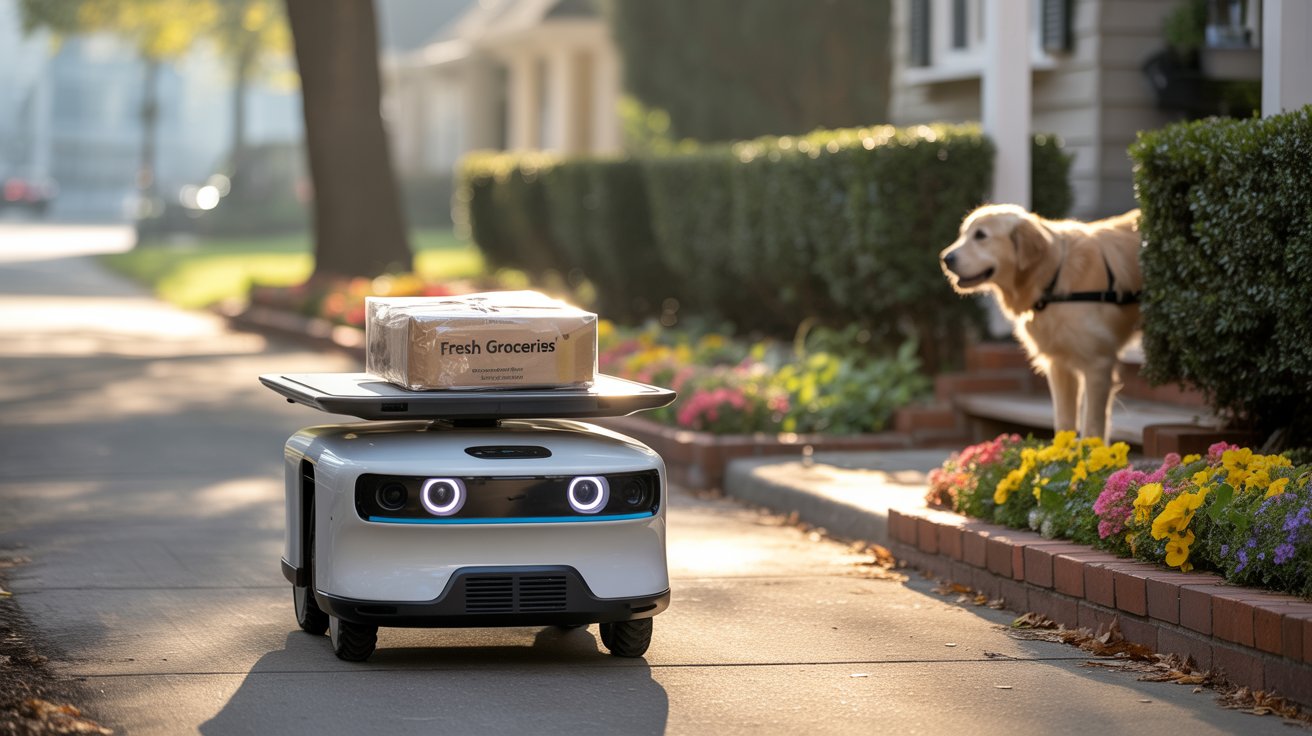The final stretch of the supply chain, often called the last mile, has always been the most expensive, complex, and time-sensitive part of logistics. With the rapid rise of e-commerce, urban congestion, and growing consumer expectations for same day or even same hour delivery, the pressure on logistics providers has intensified. Autonomous last mile delivery has emerged as a disruptive solution that combines aerial drones, ground delivery bots, and self-driving vans to transform how packages move from distribution centers to consumers’ doorsteps.
According to MarketsandMarkets, the Autonomous Last Mile Delivery Market was valued at USD 0.9 billion in 2023 and is projected to reach USD 4.2 billion by 2030, growing at a striking CAGR of 22.7%. This growth trajectory reflects not only technological progress but also the shifting dynamics of global commerce.

Download PDF Brochure @
https://www.marketsandmarkets.com/pdfdownloadNew.asp?id=41240862
Market Growth Drivers
Several key factors are fueling this surge:
-
E-commerce boom: Online shopping volumes continue to skyrocket, demanding faster and more efficient deliveries.
-
Urbanization & congestion: Autonomous systems reduce inefficiencies caused by traffic and labor shortages.
-
Advancements in AI & sensors: Self-driving vans, delivery bots, and drones are becoming smarter and safer.
-
Cost efficiency: Reduced human involvement lowers operational expenses while enabling round-the-clock delivery.
Platform Outlook: Aerial vs. Ground
The market is segmented into aerial delivery drones and ground delivery vehicles (bots, vans & trucks):
-
Aerial Segment: Includes cargo and delivery drones. Drones carrying 5–10 kg payloads are projected to grow at the fastest pace, driven by demand for rapid deliveries in healthcare (e.g., medicines) and niche sectors like metals.
-
Ground Segment: Includes delivery bots and self-driving vans/trucks. Vehicles with >10 kg payloads will expand significantly, particularly for groceries, retail goods, and bulk e-commerce deliveries.
Both categories show high growth potential, but self-driving vans and drones stand out as the segments with the highest CAGR during the forecast period.
Range & Performance Trends
-
Long-range (>20 km) platforms are expected to dominate due to their cost-effectiveness, scalability, and efficiency.
-
These vehicles and drones reduce dependency on traditional fleets, enabling faster turnaround and broader delivery networks.
Application Insights
Applications span logistics & transportation, healthcare & pharmacy, and retail & food.
-
The retail & food sector is projected to experience the highest CAGR, fueled by the surge in quick commerce, meal delivery, and e-grocery platforms.
-
Healthcare also benefits, with drones already being deployed to deliver blood, vaccines, and medicines to remote areas.

Solutions & Infrastructure
The ecosystem isn’t just about drones and bots—infrastructure is emerging as the fastest-growing solution category.
-
Integration of AI-powered navigation, charging stations, droneports, and connected systems is ensuring smoother deployment at scale.
-
Smart infrastructure also enables seamless communication between aerial and ground systems, improving overall supply chain efficiency.
Regional Outlook
-
North America leads the global market, supported by:
-
Mature e-commerce adoption.
-
Strong regulatory frameworks enabling pilot projects.
-
Established logistics networks and big players like Amazon, UPS, and Nuro.
-
-
Europe is accelerating adoption with sustainability goals and smart-city logistics initiatives.
-
Asia-Pacific is witnessing rapid growth, with China and India driving drone-led deliveries through innovators like JD.com and Zipline.
Key Market Players
Top companies shaping this market include:
Starship Technologies (US), JD.com (China), Nuro (US), Amazon (US), Kiwibot (US), Zipline (US), UPS (US), Wing (US), Flirtey (SkyDrop, US), and Matternet (US).
These players bring diverse strengths—ranging from drone innovation to self-driving delivery fleets—backed by strong R&D investments and global distribution networks.
Future Outlook
The future of last mile delivery is autonomous. By 2030, drones and delivery bots will be an integral part of logistics systems, especially in urban and suburban areas. While challenges such as regulatory hurdles, safety standards, and public trust remain, the momentum is undeniable.
With a CAGR of nearly 23%, the market is not just expanding—it is revolutionizing how the world thinks about delivery. The convergence of AI, automation, and logistics infrastructure will ensure that autonomous last mile delivery transitions from pilot projects to mainstream operations.
